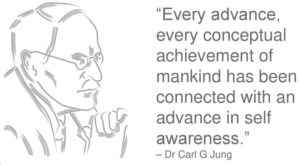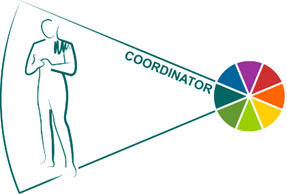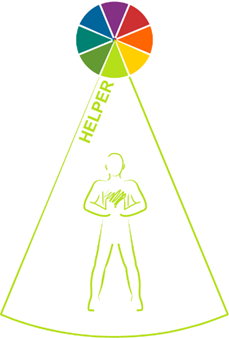Eight Great Psychological Types- Which One Are You?
We all know that humans can be complicated. Take any office or business environment, for instance, and already you have a wealth of personalities and motivations spinning around the room. From clients to customers, the CEO to the secretary everyone is working together in some way to push their work forward into something meaningful.
With so many personalities and differing psychologies interacting with one another, both friendship and conflict are bound to come up. Understanding what your unique personality type is can help you be the best leader, employee, customer, or employer you can be. Equally, it can help you to understand better the wealth of personalities around you and the times when they may clash.
Foundations of personality
Carl Jung expanded his notions of the four main personality types and mixed them with the two general attitudes, which are extroversion and introversion. We all can imagine a stereotypical introvert and a stereotypical extrovert- one is the life of the party while the other may have retreated to a corner or not come to the party at all.
The realities of introversion and extroversion are more complicated than that, though. Extroverts and introverts can be on a scale from moderate to severe. Some people literally can’t fathom the idea of interacting with others unless they have to; their energy isn’t drawn from social situations, but rather from solitary activity. Extroverts can want to be the center of attention at everything they are involved in, creating a whirlwind of people and entertainment around them at all times. There can equally be moderate introverts and extroverts, who prefer socializing and recharging by themselves in a more relaxed manner.
Combining the introverted and extroverted attitude with the four basic psychological functions gives us eight psychological types, which are:
- Extraverted thinking
- Introverted thinking
- Extraverted feeling
- Introverted feeling
- Extroverted sensing
- Introverted sensing
- Extroverted intuition
- Introverted intuition
Finding yourself
We’re all somewhere in this psychological personality jumble together! Knowing approximately what our personality type is can help us acknowledge our strengths while also giving us a way to gain insight into other people. In an office setting, for instance, a boss with a particular personality type may be able to cut down on his team’s interpersonal conflict by rearranging tasks and pairing individuals together who can use each other’s strengths to their advantage.
Jung opened up an entirely new world with his discoveries, and discoveries into the psychology of personality and the self are still being made today. Insights Discovery is based squarely on Jung’s theories, and as such, is an invaluable tool in helping people understand themselves and others. If you would like further help in identifying yourself or others as part of the four color personalities, schedule me, Scott Schwefel, as your keynote speaker. I will come to your group and address the differences in personalities in a truthful, fun, and easy-to-understand way. Follow me on Facebook, LinkedIn, and Twitter to share my blogs with the color energies you work with!











